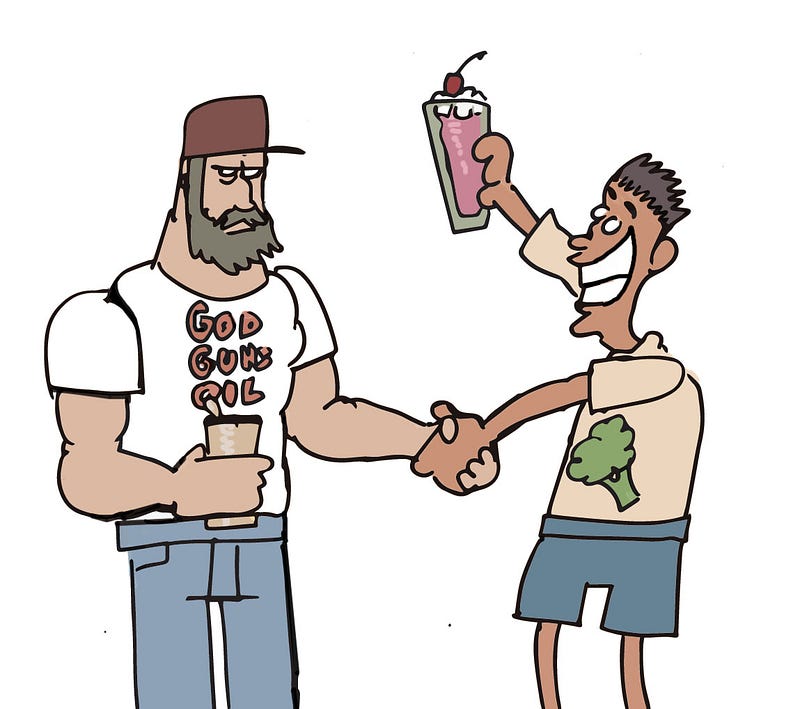In late April, I got on a phone call with Frank.
Frank had just been laid off from his job as an oil & gas worker due to COVID.
He has 2 kids, both with special needs.
He was scared.
His former boss praised him as an exceptional worker, but he had no idea where to turn next.
We’re launching SkillCat to empower workers like Frank, talented workers without a college degree. Through our virtual simulator, we train & place blue collar workers into high demand skilled trade jobs in construction, telecom, and energy.
My team and I have been working with skilled trade workers for years, and every experience has led us towards this new vision.
During my senior year of college, I did research on the BP oil spill. I’ve always been passionate about education, and I realized quickly that poor training was one of the biggest causes of the spill. Technical training – in almost every heavy industry – is typically classroom-based with blackboard diagrams to teach complex concepts. I decided to change that.

Over the next 4 years, our team built animated training & simulations to train oil & gas workers. Our tools became very popular in the industry; we trained more than 25,000 students from the largest oil & gas companies. And our products are in 5 languages in 50 countries across the globe.
One of our most exciting projects was working with Chevron and the IADC to build an iPad/iPhone based Drilling Simulator. Workers skill-up in a virtual environment alongside an AI instructor. Companies get automated reports on worker scores & skill levels.

In 2016, I switched to part-time on the business as it seemed we had hit a growth wall. I decided to get my MBA at Stanford to learn more about how to effectively scale businesses.
This year, coming back to the business after Stanford, two fascinating insights helped formulate our new vision.
Insight #1: Infrastructure Firms can’t find qualified talent.
In February, we were approached by one of our clients. He loved using our simulator to train his existing workforce. But his biggest problem wasn’t training. His biggest problem was hiring.
He could never find enough good workers to hire, and, when he did find someone, they rarely had the skills they said they did in an interview.
After 100 company interviews, we realized this problem is widespread. Construction, Telecom, and Energy companies really struggle to hire good workers and retain them.
75% of companies can’t fill open trade positions, and 50% of workers don’t last their first year on the job. This is a $2.5T problem over next decade
Insight #2: Blue Collar Workers can’t find high paying jobs.
In March, COVID struck. Suddenly, my LinkedIn was full of posts about layoffs (100,000 in the oil & gas industry). So many workers we had trained and worked with – exceptionally talented but scared with no idea where to go next. On Oil & Gas Reddit, I even saw a worker post about going from oil & gas to working at a grocery store!
When an industry like oil & gas or manufacturing declines, workers are unable to easily switch industries and end up in unskilled jobs. This lack of reskilling has led to a decline in blue collar income by 20% since 1970.
Faced with these insights, I realized our simulator is the perfect solution to these problems. Today, we’re launching SkillCat, a skills based hiring platform based on our simulator.
Workers train for free through virtual simulations that replicate every key job skill with an AI instructor. We let workers re-skill for new industries in a convenient, interactive manner.
Companies assess top candidates through the simulator to ensure aptitude and skills fit. Companies experience 10x productivity gains by hiring the best worker for each job.
SkillCat takes a cut of every hire made through the platform.
We’re starting by focusing on two industries: Construction & Telecom. They’re actively hiring and have huge worker shortages, even during COVID. And the 25,000 oil & gas workers we’ve trained are their dream hires.
Our roadmap includes Solar, Wind, Utilities, Aviation, and Manufacturing.
In the future, we envision a world where automation creates ever-changing skilled job roles and industries. We’ll be at the center, constantly matching industry demand, reskilling workers, and placing them in the absolute best job for their skills.
If you’re excited about what we’re building, please hit us up! We have an incredible team, and we’re always looking for new partners and advisors passionate about our vision.
Sign up here if you’re a worker interested in getting an HVAC job
Sign up here if you’re a company interested in hiring our HVAC technicians If you’re interested in partnering with or advising us, hit me up at ruchir@skillcatapp.com





